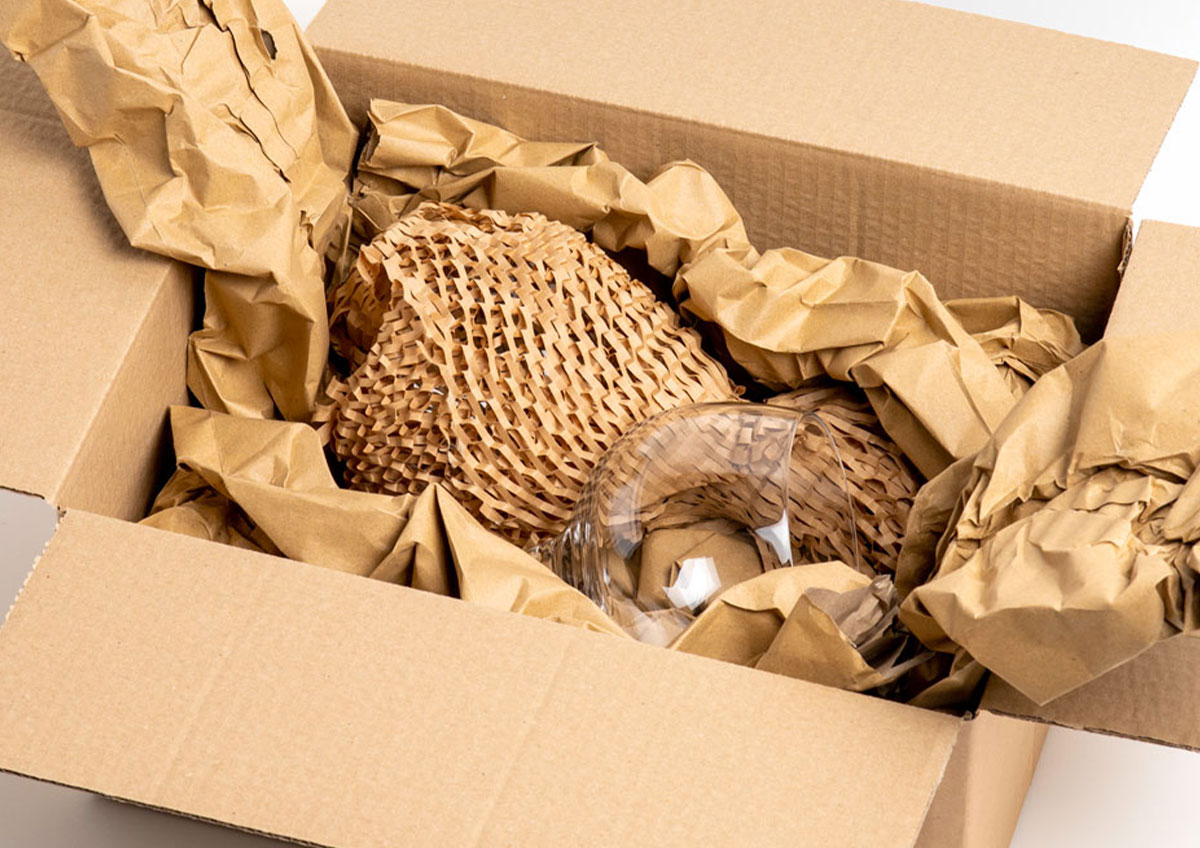In the realm of packaging materials, two terms often come up in discussions: paperboard and corrugated. While they may seem interchangeable at first glance, there are significant differences between the two. This article aims to delve into the intricacies of paperboard and corrugated, shedding light on their unique characteristics, applications, and advantages.
- Understanding Paperboard:
Paperboard, also known as cardboard, is a versatile and widely used material in the packaging industry. It is a thick, rigid, and flat sheet made from compressed layers of paper pulp. Paperboard comes in various grades, ranging from lightweight to heavyweight, depending on its intended purpose.
Key Points:
- Composition: Paperboard is composed of multiple layers of paper fibers, which provide strength and rigidity.
- Applications: Paperboard finds extensive use in product packaging, such as cereal boxes, shoeboxes, and cosmetic containers.
- Advantages: It offers excellent printability, making it ideal for branding and marketing purposes. Paperboard is also recyclable and environmentally friendly.
- Unveiling Corrugated:
Corrugated, on the other hand, is a type of packaging material known for its strength and durability. It consists of three layers: an inner fluted sheet sandwiched between two flat linerboards. This unique structure gives corrugated its distinctive strength and cushioning properties.
Key Points:
- Composition: Corrugated is made up of a fluted sheet, typically made of recycled paper, and linerboards, which provide stability and protection.
- Applications: Corrugated is widely used for shipping boxes, retail displays, and protective packaging due to its excellent stacking strength and shock absorption capabilities.
- Advantages: It offers superior protection for fragile items, is lightweight, and can be easily customized for specific packaging needs. Corrugated is also recyclable and cost-effective.
- Differentiating Factors:
While both paperboard and corrugated are made from paper fibers, their structural differences result in distinct characteristics and applications.
Key Points:
- Strength and Durability: Corrugated surpasses paperboard in terms of strength, making it suitable for heavy-duty applications and transportation.
- Cushioning and Protection: Corrugated's fluted structure provides enhanced cushioning and shock absorption, ensuring the safety of delicate items during transit.
- Customization and Printability: Paperboard offers better printability and is often used for branding purposes, while corrugated can be easily customized in terms of size, shape, and structural design.
Conclusion:
In conclusion, paperboard and corrugated are two distinct packaging materials, each with its own set of advantages and applications. Paperboard excels in printability and versatility, while corrugated shines in strength, durability, and protective capabilities. Understanding the differences between these materials is crucial for businesses and consumers alike, as it allows for informed packaging choices that meet specific needs while considering sustainability and cost-effectiveness.
